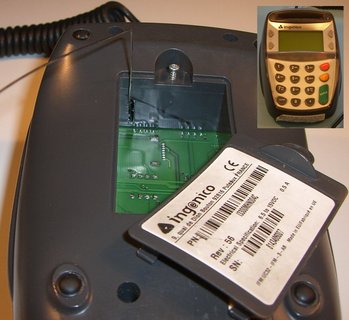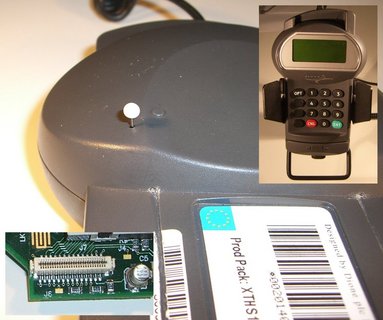In 2006 I published a paper on remotely estimating a computer’s temperature, based on clock skew. I showed that by inducing load on a Tor hidden service, an attacker could cause measurable changes in clock skew and so allow the computer hosting the service to be re-identified. However, it takes a very long time (hours to days) to obtain a sufficiently accurate clock-skew estimate, even taking a sample every few seconds. If measurements are less granular than the 1 kHz TCP timestamp clock source I used, then it would take longer still.
This limits the attack since in many cases TCP timestamps may be unavailable. In particular, Tor hidden services operate at the TCP layer, stripping all TCP and IP headers. If an attacker wants to estimate clock skew over the hidden service channel, the only directly available clock source may be the 1 Hz HTTP timestamp. The quantization noise in this case is three orders of magnitude above the TCP timestamp case, making the approach I used in the paper effectively infeasible.
While visiting Cambridge in summer 2007, Sebastian Zander developed an improved clock skew measurement technique which would dramatically reduce the noise of clock-skew measurements from low-frequency clocks. The basic idea, shown below, is to only request timestamps very close to a clock transition, where the quantization noise is lowest. This requires the attacker to firstly lock-on to the phase of the clock, then keep tracking it even when measurements are distorted by network jitter.

Sebastian and I wrote a paper — An Improved Clock-skew Measurement Technique for Revealing Hidden Services — describing this technique, and showing results from testing it on a Tor hidden service installed on PlanetLab. The measurements show a large improvement over the original paper, with two orders of magnitude lower noise for low-frequency clocks (like the HTTP case). This approach will allow previous attacks to be executed faster, and make previously infeasible attacks possible.
The paper will be presented at the USENIX Security Symposium, San Jose, CA, US, 28 July – 1 August 2008.



